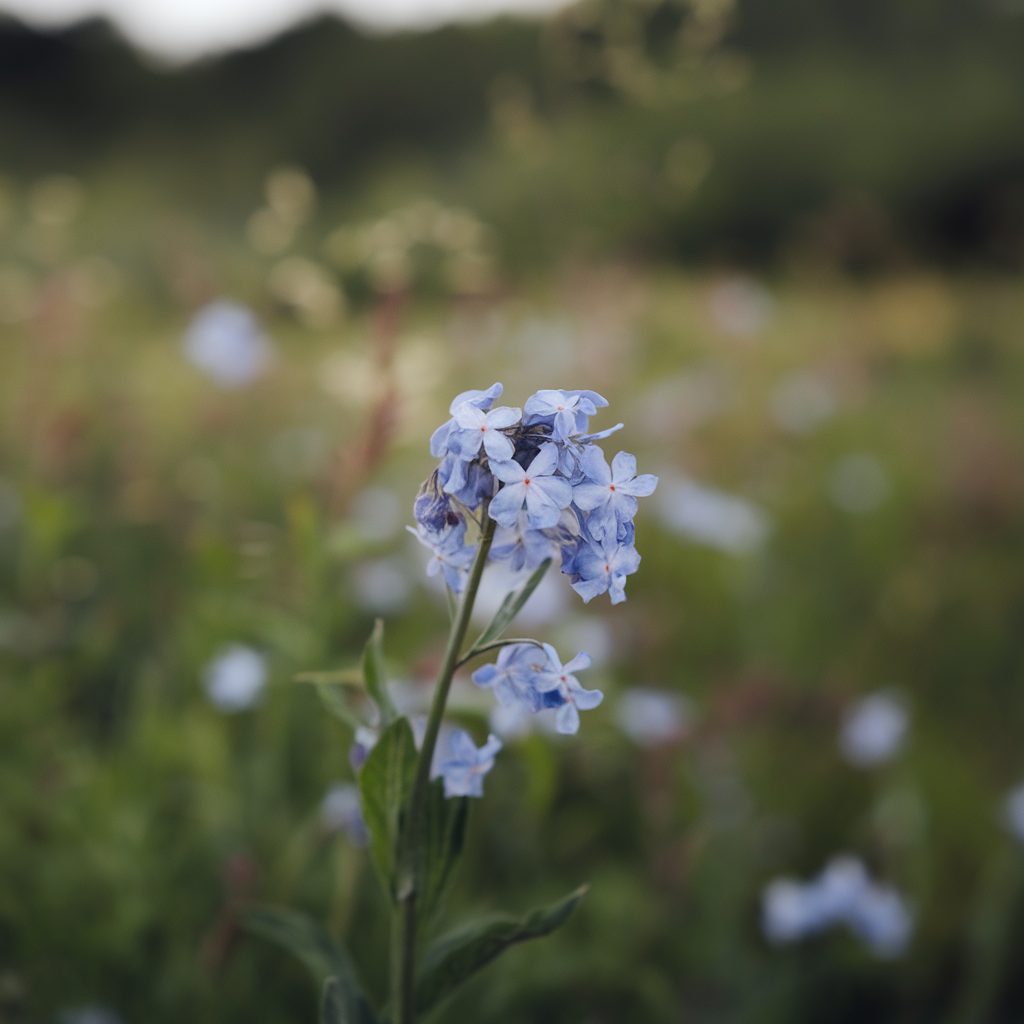The Forget-Me-Not flower, with its delicate petals and enchanting blue hue, is a humble yet captivating addition to any garden. This tiny bloom carries a world of meaning and history behind it. As spring approaches, these charming flowers emerge from their winter slumber, inviting gardeners and nature lovers alike to appreciate their beauty. Whether you’re looking for a splash of color or seeking deeper connections to the past, the forget-me-not flower has something special to offer everyone. Let’s explore what makes this little gem so beloved in gardens around the globe.
History and Symbolism of the Forget-Me-Not
The Forget-Me-Not flower has a rich tapestry of history woven into its delicate petals. This charming bloom, often associated with love and remembrance, traces back to medieval times. Legend tells of a knight who fell into the river while picking these flowers for his beloved. As he drowned, he cried out, “Forget me not,” giving rise to its poignant name.
Throughout cultures, Forget-Me-Nots symbolize enduring affection and memories cherished through time. In many traditions, they are seen as tokens of true love that withstand the test of separation or loss.
In addition to romantic symbolism, these tiny blue blossoms have been used in various memorials and ceremonies reflecting loyalty and devotion. Their gentle hue adds depth to emotions tied to memory—both joyful and sorrowful alike—creating connections that last beyond the fleeting moments we hold dear.
Types of Forget-Me-Not Flowers
Forget-me-nots come in various types, each with unique charm and appeal. The most common is the Myosotis sylvatica, known as the garden forget-me-not. Its delicate blue flowers are a favorite for many gardeners.
Then there’s Myosotis alpestris, or alpine forget-me-not. This variety thrives at higher elevations and features striking sky-blue blooms that add beauty to rocky landscapes.
For those seeking a touch of pink, look no further than Myosotis discolor. This variant presents soft hues alongside classic blues and offers an enchanting contrast in any flower bed.
There’s Myosotis scorpioides, commonly referred to as water forget-me-not. It flourishes near moist areas like streams or ponds and captivates with its gentle clusters of stars.
Each type brings its own character, ensuring that this beloved flower can find a place in every garden setting.
How to Grow Forget-Me-Nots in Your Garden
Growing forget-me-nots in your garden is a rewarding experience. These charming flowers thrive in both sun and partial shade, making them versatile additions to any landscape.
Start by selecting a suitable spot with well-draining soil. They prefer slightly moist conditions but can tolerate drier periods once established.
Plant seeds directly into the ground in early spring or fall. If you’re using transplants, make sure to space them about 12 inches apart for optimal growth.
Water regularly, especially during dry spells, but avoid overwatering as this can lead to root rot. Mulching around the plants helps retain moisture and suppress weeds.
As they bloom from spring through summer, deadheading spent flowers will encourage more blooms throughout the season. With just a bit of care, these delightful little blossoms will fill your garden with vibrant color and life.
Tips for Caring and Maintaining Forget-Me-Nots
Caring for your Forget-Me-Not flowers is essential for their vibrant growth. Start by ensuring they get plenty of sunlight, but don’t expose them to direct afternoon rays. Morning sun with some shade in the evening works best.
Watering needs are moderate. Keep the soil moist but avoid waterlogging to prevent root rot. A layer of mulch can help retain moisture while keeping weeds at bay.
Fertilizing should be done sparingly. A light application of balanced fertilizer in early spring will give them a boost without overwhelming them.
Deadheading spent blooms encourages more flowering and keeps plants looking tidy. Regularly check for pests like aphids or slugs, which may become problematic if not managed promptly.
Consider dividing clumps every few years to rejuvenate plants and maintain vigor. This process helps spread your beautiful Forget-Me-Nots throughout your garden as well!
Uses of Forget-Me-Nots in Landscaping and Floral Arrangements
Forget-me-nots add a delicate touch to any garden or floral arrangement. Their soft blue flowers create a charming contrast against vibrant greens, making them perfect for borders and beds.
In landscaping, these little blooms thrive in shaded areas, bringing color where other plants may struggle. They work well as ground cover, too, preventing soil erosion while providing visual interest.
When it comes to floral arrangements, forget-me-nots offer a sentimental touch. They symbolize remembrance and love, making them ideal for weddings or memorials. Arranging them with larger blossoms highlights their beauty without overwhelming the overall design.
Their versatility extends beyond aesthetics; they attract pollinators like bees and butterflies. This not only enhances your garden’s ecosystem but also adds life to your outdoor space.
Conclusion
The Forget-Me-Not flower is a charming addition to any garden, captivating with its delicate blue petals and rich history. Whether you’re drawn to its symbolism of remembrance or simply want to enhance your landscaping, these flowers bring beauty and meaning.
Growing forget-me-nots is straightforward, making them an excellent choice for both novice and experienced gardeners. With proper care, like ensuring adequate moisture and choosing the right location, you can enjoy their vibrant blooms year after year.
Their versatility in floral arrangements also makes them popular among florists. From weddings to casual bouquets, forget-me-nots add a sweet touch that speaks volumes without saying a word.
Embrace the enchanting allure of the forget-me-not flower in your own space. With just a little effort, you can cultivate this lovely plant that has captured hearts across generations.

